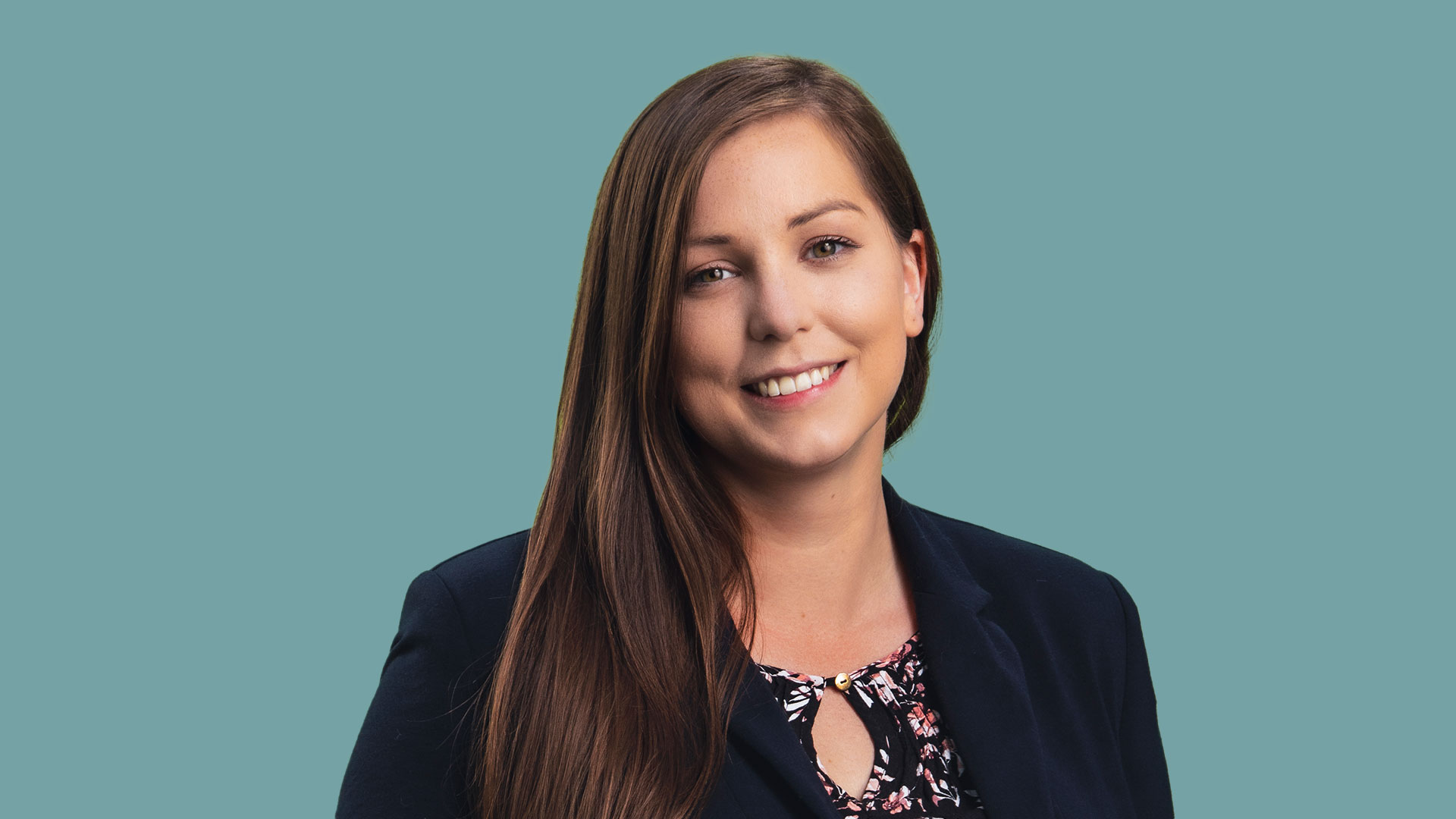Society and Culture
Students
Indigenous student association expanding to include all Faculty of Medicine & Dentistry programs
Sasha Roeder Mah - 21 June 2021

Indigenous Medical and Dental Students' Association president Auriele Volk, ’16 BSc(Hons).
We spoke with president Auriele Volk, ’16 BSc(Hons), who brings her personal journey as a Métis woman and her passion for advocacy to this important role. Volk has recently completed her first year as an MD student, and took time away from her busy schedule to talk about the IMDSA. (Some answers edited for length.)
What is the IMDSA’s mandate?
The IMDSA started small in 2018, when there were 10 Indigenous students altogether in the MD and Dentistry programs. With the removal of the U of A’s Indigenous quota for admissions to the MD and MLS programs, the number of Indigenous students has increased and we currently have 30 members. This year, for the first time we will be offering membership to the IMDSA to the other programs within the faculty.
We are here to identify, represent, encourage and advocate for the distinct needs of current and prospective Indigenous health-care professionals. We provide mentorship and career support.
Members can get involved at whatever level they’re comfortable with. Some students participate in many IMDSA initiatives, but we know some just want to get through medical school. We never force our members to engage in activism and advocacy. Many are fighting their own battles, and to expect them to fight for others while they fight for themselves would be harmful.
What informs the work of the IMDSA?
We ground all that we do in our respective teachings, recognizing the distinctions among First Nations, Inuit and Metis peoples. There are seven traditional teachings that guide our way of life: bravery, humility, honesty, wisdom, love, truth and respect. Each of us continues to learn and grow with these teachings throughout our life, and the IMDSA respects that each individual is on their own path and journey of healing.
What is the importance of mentorship and career support?
There is a significant gap between the growth in Indigenous populations across Canada and the number of Indigenous physicians. Even with programs in place to promote Indigenous applicants to medical schools, it could take more than 55 years for that gap to close. And that would be without any Indigenous physicians retiring and an average of 67 incoming Indigenous students per year across Canada.
We are working to close that gap here at the U of A. This spring, the IMDSA, IHIP, and Medical Students’ Association provided a mock Multiple Mini Interview (MMI) weekend for Indigenous prospective students. Indigenous applicants are as competitive as non-Indigenous applicants, but one of our teachings is to remain humble, and in almost any western interview, there is an expectation to “sell yourself.” Mentors at our mock MMI weekend helped Indigenous participants practise ways to answer western-style interview questions while remaining true to themselves.
At the other end of the process, we need to support the transition of fourth-year students through their CaRMS applications and into residency.
What are some ways the IMDSA advocates for health-care learners and professionals?
Within the faculty, I sit on a wide range of committees, liaising with various stakeholders to address anti-Indigenous racism and gaps in support for undergraduate Indigenous medical students, encourage systematic change within the health-care system, and advocate for the incorporation of Indigenous content into the curriculum.
Outside the faculty, all members of the IMDSA also have membership—funded by the Faculty—with the Indigenous Physicians Association of Canada (IPAC), which has given us national mentorship with Indigenous physicians, access to Indigenous events and conferences and national advocacy. We participate in both the IPAC Truth and Reconciliation Report Card, and the ongoing National Roundtable on Anti-Indigenous Racism, to address anti-Indigenous racism within the Canadian health-care system. And our vice-president of advocacy and external relations, Jesse Lafontaine, is collaborating with IPAC to develop Indigenous medical students groups across Canada.
What does the future look like for the IMDSA?
To encourage others to understand how the historical experiences of Indigenous peoples continue today through intergenerational trauma, and to understand where we all fit within the institutions that brought us here, we want to support more non-Indigenous student engagement and allyship. We’re working on a series of events centred around the seven traditional teachings, for Indigenous and non-Indigenous students alike.
We also want to work with IHIP to establish more relationships with both Indigenous and non-Indigenous physicians who are working in Indigenous health. And we’re working to address Indigenous content within the curriculum, review the faculty’s admissions process and address clerkship gaps.
We want to see better self-determination of Indigenous students, clear boundaries around student consultation and more community-based health-care decisions.
We also hope to advocate for the continued incorporation of land-based rights and sovereignty of Indigenous peoples, and agreements on how to share the land.
How is being part of the IMDSA meaningful to you, personally?
The IMDSA is a part of my own journey of healing. I began a renewed reclamation of my identity in 2015, shortly after my brother’s suicide. My brother’s suicide allowed me to reflect on my identity, my spiritual beliefs and my priorities. I persevered through my own grief processes by focusing on healing through my Métis ceremonies. In interacting with my Métis peers, I learned of the difficulties my people are facing towards keeping our unique culture alive. I began learning my southern Michif language, and understanding the meaning behind those words I began to understand more about myself. I want to be a part of that community and pass that knowledge down to future generations.
As president of the IMDSA, I feel I have the opportunity to make a real, sustainable change in this world. I know it will take time to address these issues, but I am incredibly grateful to have a voice at the FoMD leadership tables. By creating spaces of vulnerability and trust, we can start building something new.